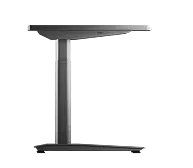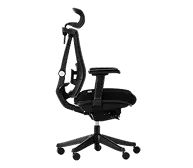- Newest
- Most viewed
Interested in a Link Placement?
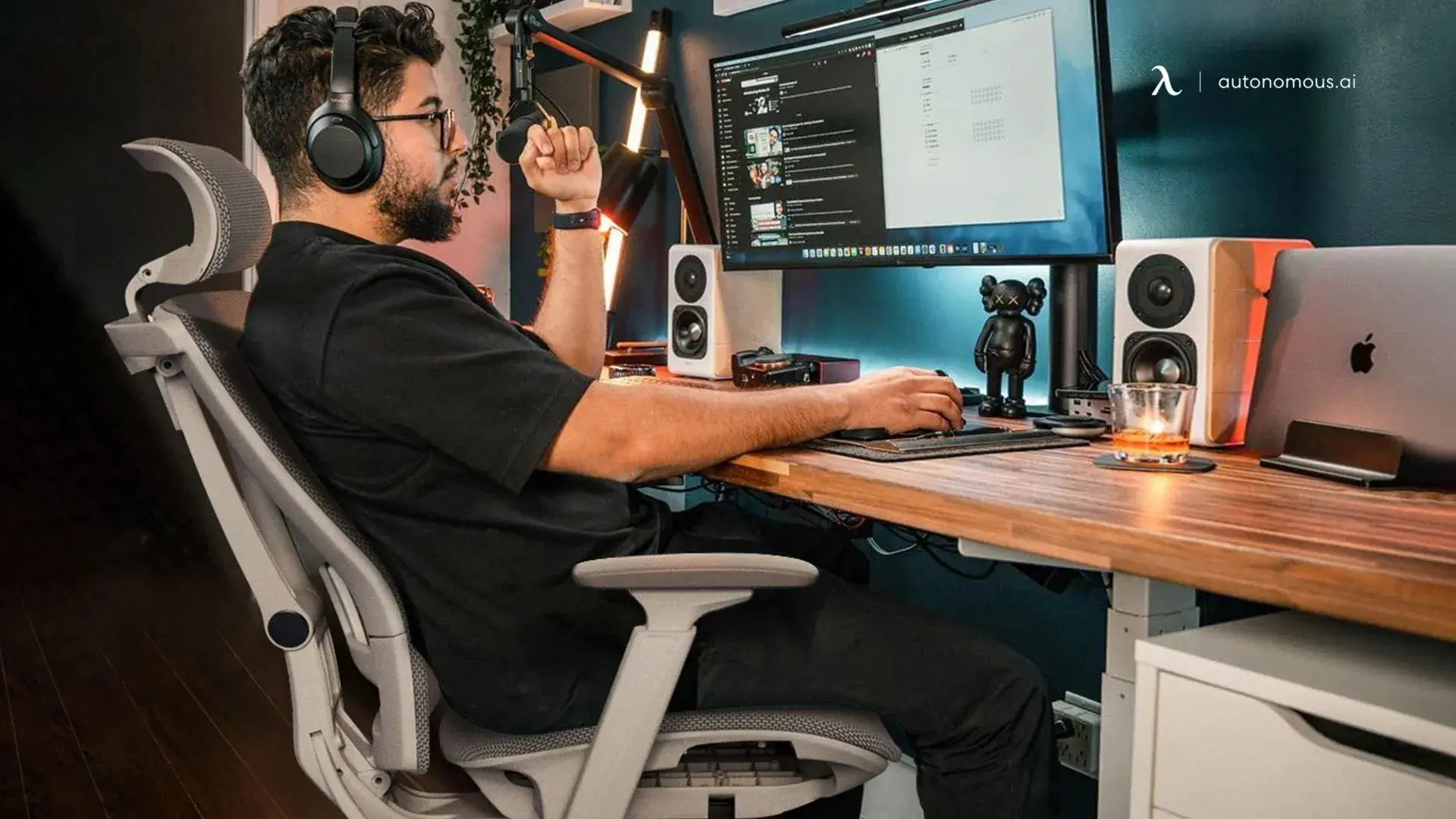
Best Black Friday Gifts for Men 2025 – Top Picks & Deals
Discover the best Black Friday gift for men this year. Shop top tech, fashion, and personalized gifts at unbeatable prices. Get ready for the holiday season!
Latest Updates | Sep 26, 2025 961 views

What is Productivity? How to Improve It at Work
Productivity | Sep 25, 2025 689 views
.webp)
Gravl App Review 2025: Better Than a Personal Trainer?
Latest Updates | Sep 25, 2025 783 views

Dogsix App Review: Is It Legit Or Just A Scam?
Latest Updates | Sep 24, 2025 790 views
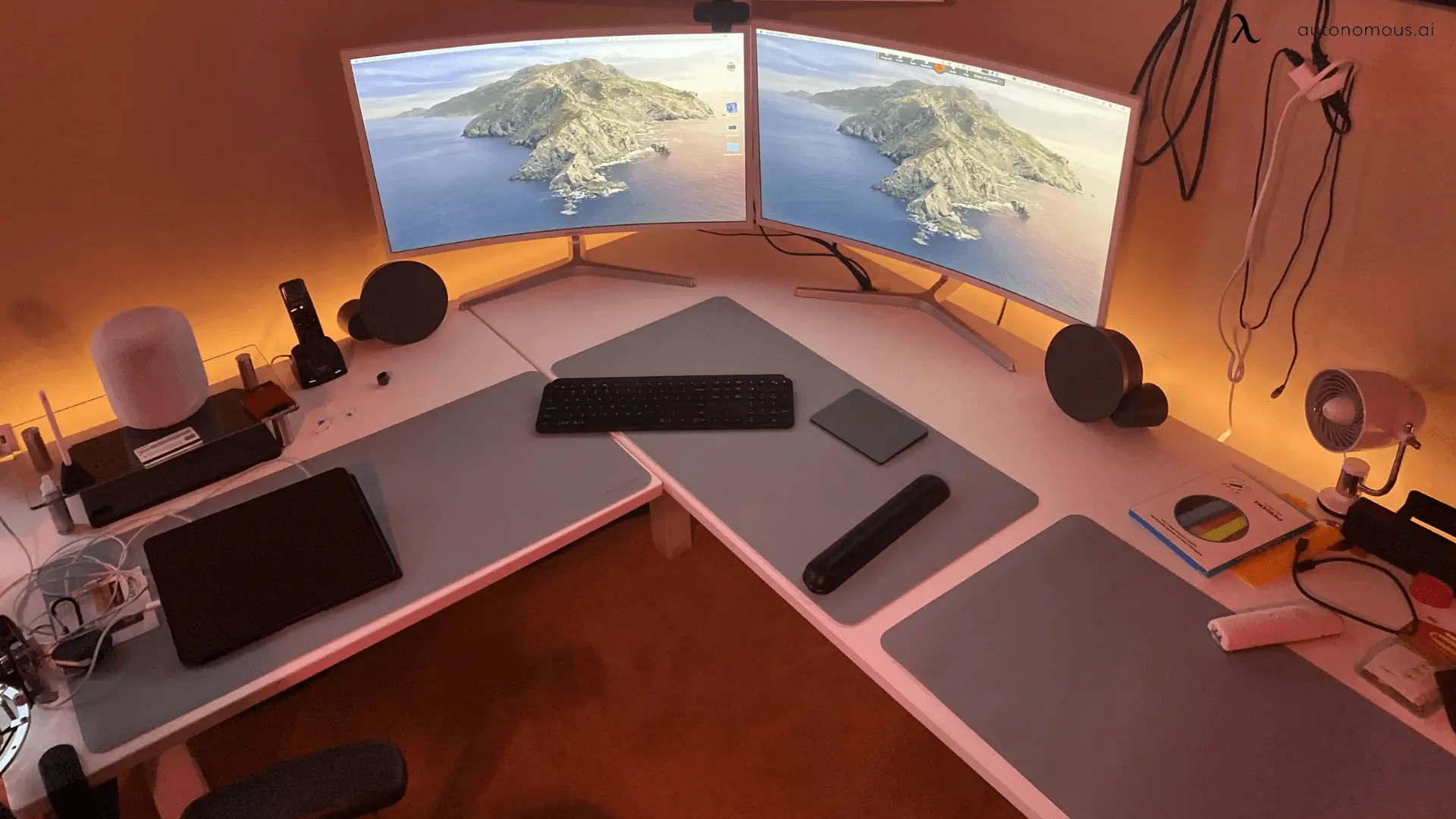
Curved vs. Flat Monitors: Which One Should You Choose?
Workplace Inspiration | Sep 23, 2025 473 views
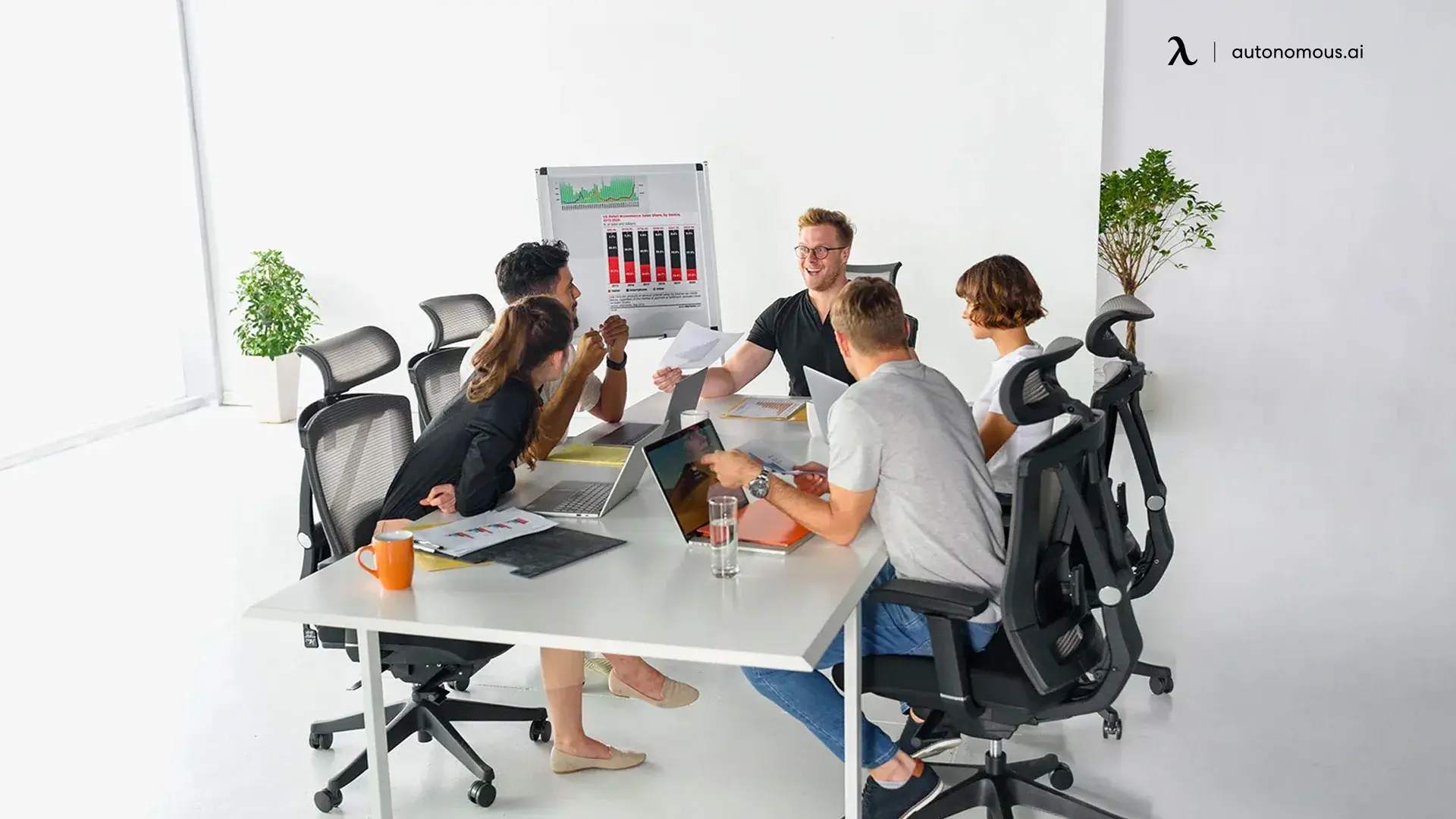
Efficiency vs Productivity: Key Differences & How to Optimize
Productivity | Sep 24, 2025 541 views

LazyFit App Review: Does The Lazy Workout Really Work?
Latest Updates | Sep 23, 2025 669 views

10x12 She Shed Ideas and Cost Guide for Your Backyard
Workplace Inspiration | Sep 24, 2025 692 views
.webp)
Best Wellness Apps of 2025 for Mental Health, Fitness & More
Work Wellness | Sep 23, 2025 770 views

8 Creative She Sheds With Porch Ideas & Best Prefab Picks
Workplace Inspiration | Sep 22, 2025 560 views
.webp)
Top Office Chairs in Ottawa, Canada for Comfort
Smart Products | Sep 20, 2025 690 views
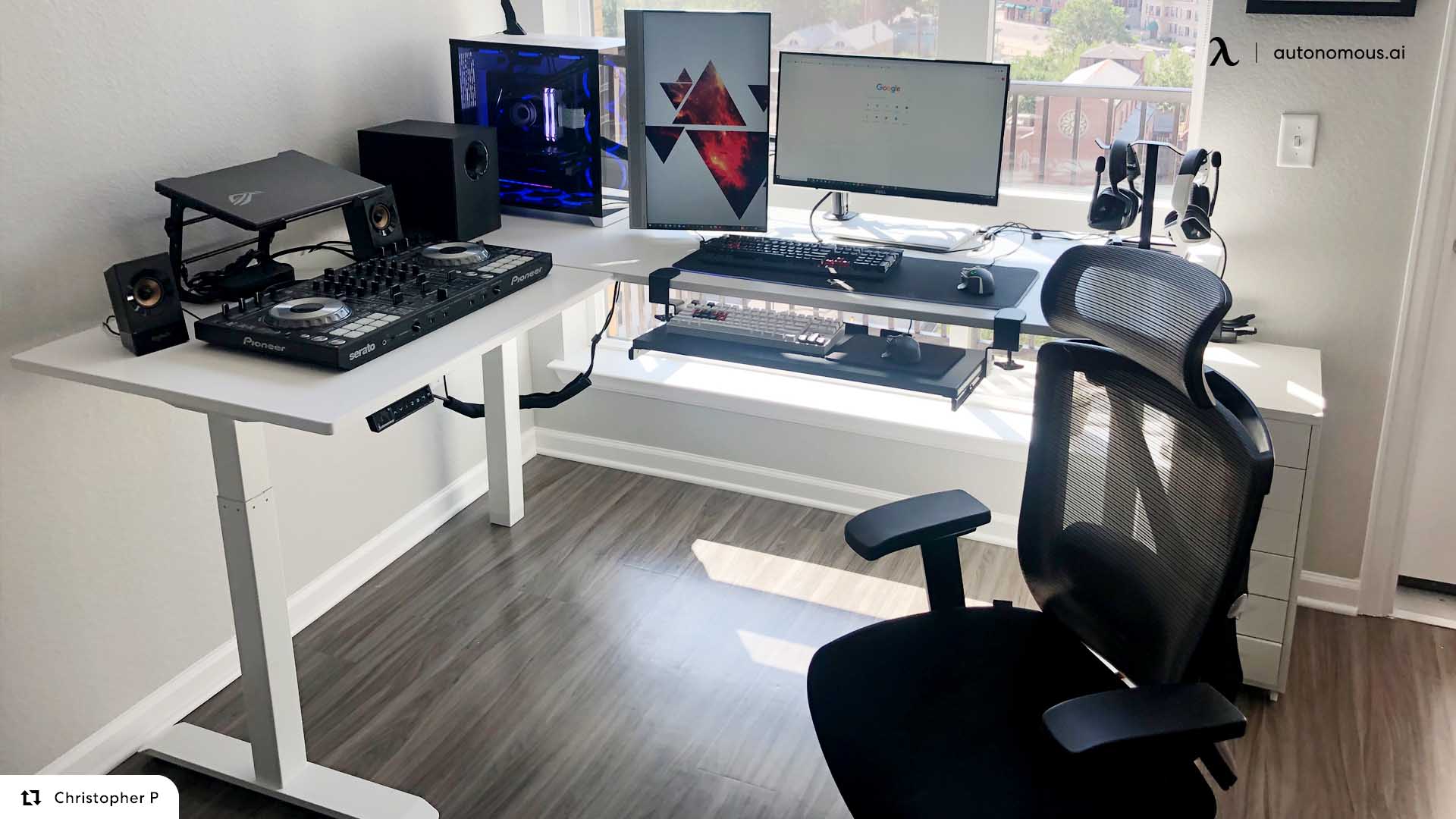
The Best Standing Desks in Vancouver, Canada
Smart Products | Sep 19, 2025 346 views

.svg)
